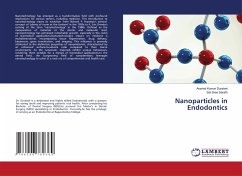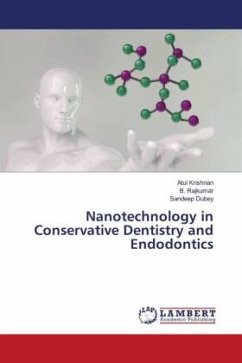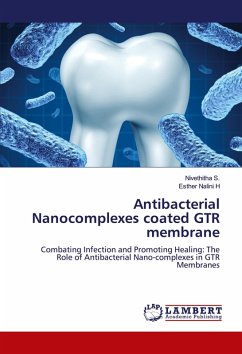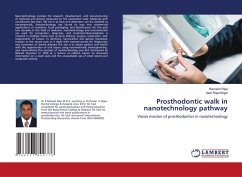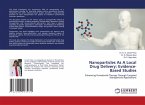Nanotechnology has emerged as a transformative field with profound implications for various sectors, including medicine. This introduction to nanotechnology traces its evolution from Richard P. Feynman's seminal concept of "plenty of room at the bottom" in the 1950s to K. Eric Drexler's coining of the term "nanotechnology" in the 1980s. Defined as the manipulation of materials at the atomic and molecular level, nanotechnology has witnessed remarkable growth, especially in the realm of biomedical applications.Nanotechnology's impact on medicine is multidimensional, encompassing tissue regeneration, drug delivery, biosensors, gene transfection, and imaging. This influence is primarily attributed to the distinctive properties of nanomaterials, characterized by an enhanced surface-to-volume ratio compared to their macro counterparts. At the nanoscale, materials exhibit unique behaviours, rendering them suitable for a myriad of biomedical applications.In the dental field, the burgeoning field of nanodentistry leverages nanotechnology to usher in a new era of comprehensive oral health care.
Bitte wählen Sie Ihr Anliegen aus.
Rechnungen
Retourenschein anfordern
Bestellstatus
Storno

